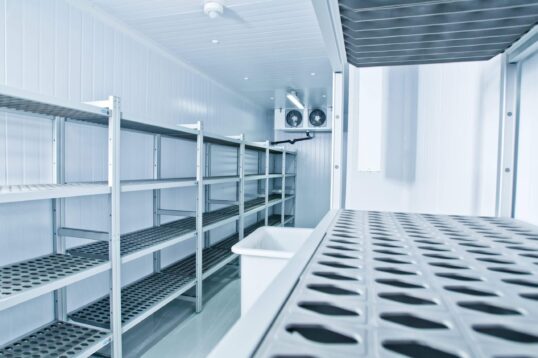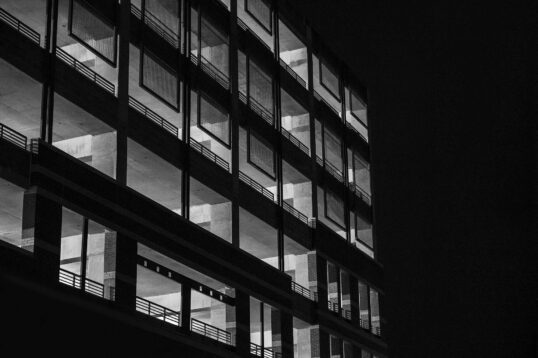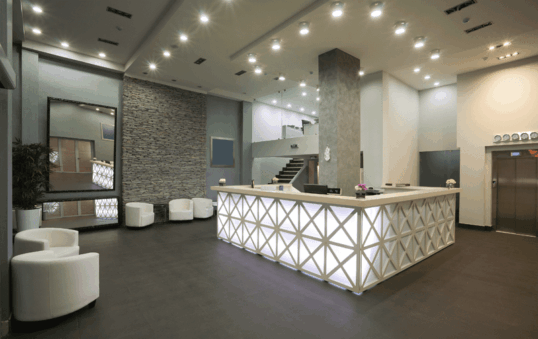Purdue University in Indiana recently received a $4.88 million grant to study LED lighting in greenhouses. The United States Department of Agriculture Specialty Crops Research Initiative Award for $2.44 million and equal contributions of equipment and services from industry partners will help researchers from Purdue, Rutgers University, University of Michigan, Michigan State University and Orbital Technologies Corporation to develop and improve LED lighting in greenhouses. “Developing LED Lighting Technology Practices for Sustainable Specialty Crop Production” will be a four year project in which researchers will tour greenhouses to figure out a way to make the lighting more efficient and produce more products. They are planning to test LED lighting on high wire tomatoes, which can grow taller than 20 feet. Because current lighting in greenhouses usually doesn’t reach the bottom of the plant, it will not grow to its full capacity. Researchers think future developments of LED lighting will shine light all over the plant, helping it grow and increasing the amount of tomatoes grown on the plant while reducing energy costs!
LED lighting is an optimal choice for greenhouse owners. LEDs give off light similar to sunlight and their bright light can shine on all parts of the plant instead of just the top. They also consume less electricity. Statistics show that greenhouses can save 75% on electricity costs with LEDs. LEDs also give off a cool light, which most plants need to grow. The heat from fluorescent lamps is too warm for greenhouses, causing plants to wilt. Fluorescent lighting also has a buzzing sound when the lamps are turned on. Greenhouse workers can have a more comfortable working environment with quiet LED lamps. Most LED greenhouse lighting claim to have a lifetime of 100,000 hours, which is six times longer than CFLs. According to Robin Khan, an LED lamp with a 100,000-hour lifespan that is only used half a day will last 22 years!
We hope the researchers in the project at Purdue University make great discoveries that will help encourage all greenhouse owners to switch to LED lighting!




